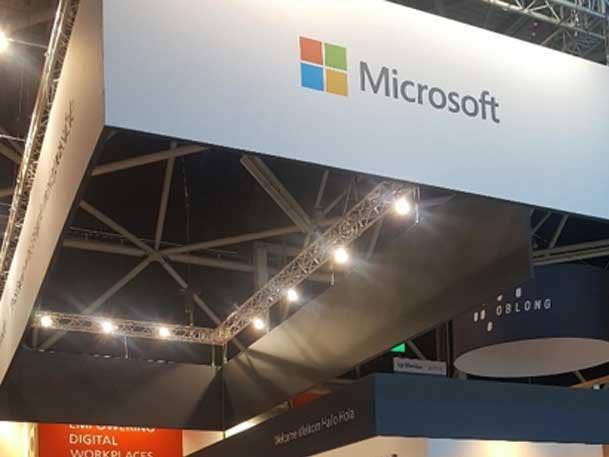Microsoft’s ‘Next Generation Of Windows’: Partners Share Their Wish List
Solution providers are hoping to see updates in areas including AI and access to third-party apps as part of Microsoft’s upcoming launch of a successor to Windows 10.

As Microsoft plans to unveil an operating system that could be the successor to Windows 10, solution providers say that improved experiences with voice recognition, AI and access to third-party apps are among the Windows changes they hope are in the works.
Microsoft has announced it will hold a digital event dubbed “What’s Next for Windows” on June 24, and a company statement said the event will feature the unveiling of “the next generation of Windows.”
[Related: Microsoft Ditches Windows 10X, Saves Its ‘One Shot’ Against Chrome OS]
Meanwhile, a support document on Microsoft‘s website now indicates that support for Windows 10 will end on Oct. 14, 2025—marking the first time that Microsoft has said that Windows 10 would eventually be retired. Rumors suggest that a next-generation version of Windows could be called Windows 11 or Windows Sun Valley.
Previously, Microsoft has referred to Windows 10 as “the last version of Windows”, due to the company’s approach of updating Windows 10 on a continuing basis rather than releasing overhauled new versions of the operating system. The company initially launched Windows 10 in 2015 and began releasing updates twice a year in 2017.
Phil Walker, CEO of Manhattan Beach, Calif.-based Microsoft partner Network Solutions Provider, told CRN he’d like to see more voice-to-text capabilities with the next generation of Windows.
He said health care customers of Network Solutions Provider — which is among the solution providers on CRN’s 2021 Tech Elite 250 — have demanded more mobile devices with the ability to record and translate professionals’ notes into text, for example. He’s also seen customer demand for software to quickly translate phrases from one language to another.
“More integrations with voice-to-text would be a win for customers,” Walker said.
In April, Microsoft announced its intention to buy voice recognition software provider Nuance for $19.7 billion, which would be the company’s second-largest acquisition in its history.
Windows is still the most widely used operating system by far, but the competition from other operating systems has increased by some measures. Windows fell from 85.4 percent market share in 2019 to 80.5 percent share in 2020, according to a recent GeekWire article that cited numbers from IDC. Meanwhile, Chrome OS rose from 6.4 percent to 10.8 percent during the same period, while macOS rose from 6.7 percent to 7.5 percent in 2020, year over year.
If Microsoft were to create more of a seamless experience between Windows and the company’s other cloud platforms and tools, that would result in “productivity gains and performance increase” for many end users, said Mahadeva Bisappa, a principal architect at Chicago-based Microsoft partner SPR. “It will be a window to the world of the cloud,” he said.
The pressure is also on for Microsoft to deliver with the next generation of Windows after the company announced in May that it had scrapped Windows 10X, its version of the operating system designed for dual-screen devices that would have rivaled Google’s Chrome OS.
Improvements to RAM, processor and hard drive optimization are key for this next iteration, said Nikhil Koranne, assistant vice president of operations at Plantation, Fla.-based Microsoft partner Chetu.
But Koranne would also like to see more investment in security—given the preponderance of recent cybersecurity attacks—and an ability to run two operating systems, such as Windows and Linux, simultaneously, he said.
More AI functionality and enhancements to the Cortana digital assistant program are also on his list, as is an improved Microsoft Edge experience to fight off competition from the popular Google Chrome and Mozilla Firefox browsers, said Koranne, whose company is No. 293 on CRN’s Solution Provider 500 for 2021.
“We are very hopeful that the new update will address many of these points – maybe even surprise us with some innovative, new features that we may have not known we needed,” Koranne said.
Reed Wiedower, global alliance and chief technology officer at Cognizant’s Microsoft Business Group, said that improvements the way users search and integrate third-party apps on Windows would be a win-win for Microsoft and partners alike by adding more apps to the store and encouraging outside innovation.
Such fixes to the store would make “it more lucrative for developer partners to create a sustainable ecosystem of applications,” he said.